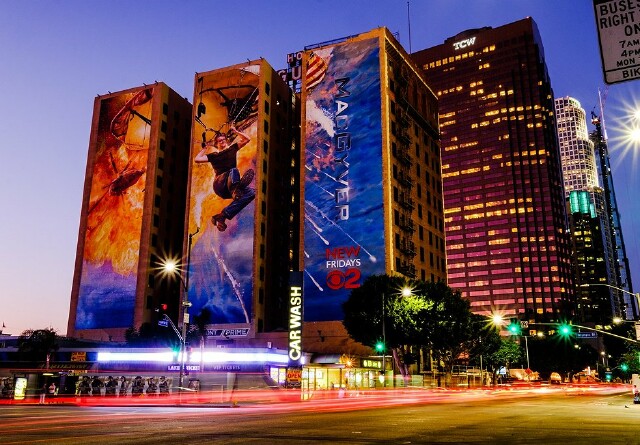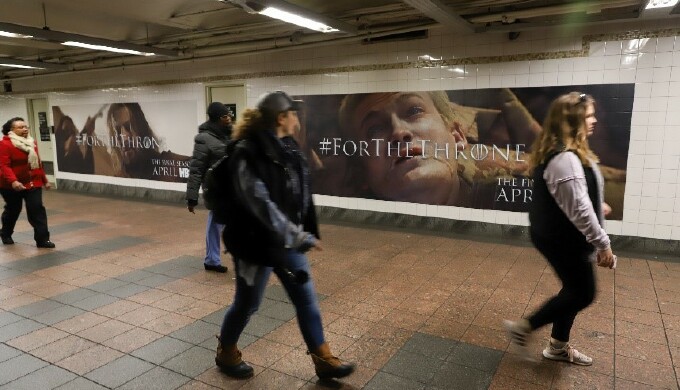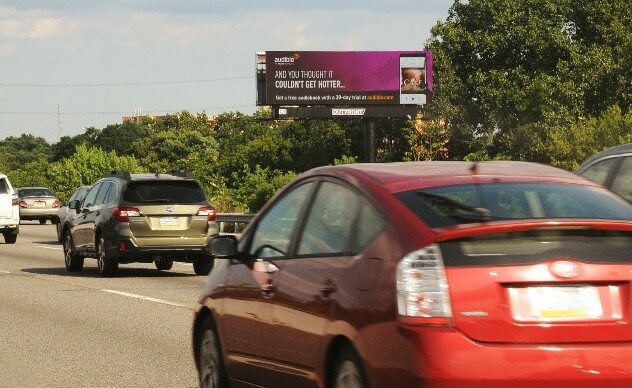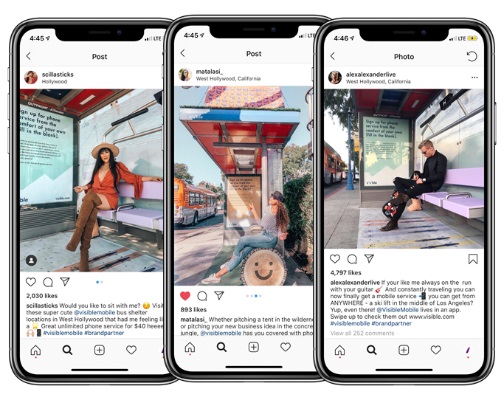Out of Home Is Now an Amplification Medium, Too

At both the Upfronts and NewFronts this year, conversations around privacy and brand safety, scalable content and reach dominated. They were reflected in the scaled down NewFront presentations still reeling from issues around transparency in the programmatic space, as well as across all of the network presentations as each tried to discuss ways to combat the decline in linear TV usage with new streaming options. Where those presentations struggled, however, was in finding ways to connect the reach and impact that TV has long been respected for to the new streaming services and, in turn, the end benefit to advertisers who are looking for a big impact using mass media.
The Upfront and NewFront presentations for the last few years have been a consistent reminder the media landscape is continuing to evolve. How we understand the role each channel plays in the funnel -- specifically, how traditional media, including out-of-home (OOH), and digital work in concert -- isn't on everyone's radar. There's still a perception that TV lives at the top of the funnel and everything else is at the bottom. It is this thinking that has driven how brands have bought for decades and think about allocating their media dollars.
The Upfront buying process and TV advertising in general has prevailed, despite the surge in digital investment throughout the last decade. For traditional brands TV has always been tried and true -- the best way to drive mass reach at scale. What has long been missing from this conversation for many of them, however, is OOH.
This year alone, over 33% of U.S. adults will be cord-cutters -- consumers who have canceled traditional pay-TV services such as cable and satellite -- according toeMarketer. They aren't trying to avoid ads; they are just becoming increasingly harder to reach as they find new ways to source content and stray from traditional media channels. That same audience is spending more time outside, more time connected to their mobile devices, and more time seeing, trusting and engaging with the OOH canvases that are right alongside them through their daily journeys.
In fact, Nielsen reported that one in four Americans has posted a photo of an OOH ad to Instagram. That's a lot of people ready, able and willing to see your brand message and share it with their worlds.
For many startup brands and today's most talked about shows (networks and streaming services alike), OOH has been their first stop when investing in mass media or a key player in successful campaign launches. Many of their first marketing investments were in search and paid social, but when they started to see inefficiencies in that performance media and were ready to take the next step -- bring awareness to their business and drive new growth from the masses -- they turned to OOH.
The final season of HBO's Game of Thrones set ratings and viewership records for the company, and they announced it with an outdoor campaign featuring a station domination in New York City and limited edition GoT metro cards. Almost six months before the season premiere, HBO turned to OOH to get people excited for what was to come.

OOH may seem old school to the untrained, but it is chipping away at traditional media's market share and experiencing record growth as it becomes a preferred media format for tech brands. Startups Hims, designed to combat men's hair loss, and Audible, Amazon's audiobook streaming service, both got their start in mass media with OOH. After seeing significant success, the brands have raised their annual media investment and been able to expand their brand stories to TV and other channels, while continuing to use OOH.
Audible wanted to get more people listening to audiobooks, so they used dynamically triggered digital OOH to connect with drivers sitting in summer traffic on highways across America.

When Verizon's simplified and startup service provider Visible Mobile launched, they utilized the high-dwell time and large canvases from bus shelters to connect with the people they wanted to reach. The result was over 834K shares of the campaign on social.

It's essential that as marketers evaluate their media investments in the post-Upfronts planning season, that they look beyond TV when they think about mass media, and beyond traditional digital approaches when they try to find a home for many of TV's displaced media dollars. OOH should be a central part of omnichannel planning, not an afterthought. There is so much more opportunity for brands when the channel is utilized properly -- with strong creative and embracing the symbiotic relationship OOH has with digital.
OOH isn't just an awareness medium; it's an amplification medium, too. When used properly with compelling creative, OOH secures four times more search and social activations. OOH has become more than an advertising channel; it has become a cultural one, as well.
Click the social buttons above or below to share this story with your friends and colleagues.
The opinions and points of view expressed in this content are exclusively the views of the author and/or subject(s) and do not necessarily represent the views of MediaVillage.com/MyersBizNet, Inc. management or associated writers.


